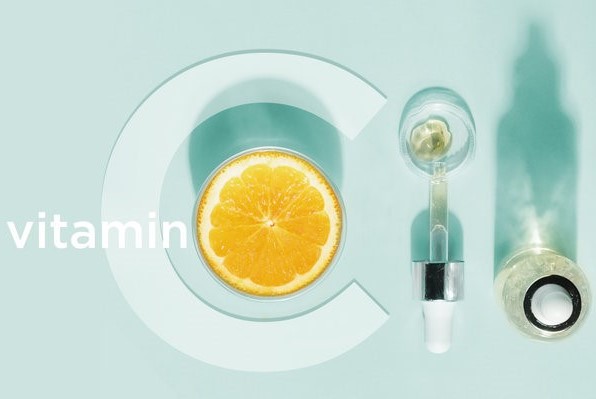August 31st, 2022
Sun Damage: Sun Spots, Hyperpigmentation, Freckles, Sun Burns and Solutions
Ah, my dear sun bunnies, its the end of the summer and you may or may not have applied sun screen as needed, or forgot altogether, or it may be that you did and still ended up with some sun damage such as sun spots, hyperpigmentation, freckles, sun burns and more. It happens. Not to worry, I will impart to you what I tell my clients, so that you can start now reversing the skin challenges.
The sun is just part of our “circle of life” here on earth. I hold nothing against it, in fact, I love to hike. Seeing the sun light filter through the trees, highlighting my path forward… It feeds my soul. However, just because I love to be in nature, feeling the sun’s warm caress on my face as I breathe in and out and meditate doesn’t mean that it doesn’t have it’s dangers. This comes in the form of UVA and UVB rays.
Ultraviolet A (UVA) has a longer wavelength than it’s counterpart. This type is associated with skin aging, as it can cause skin cells to age and can cause indirect damage to the cell’s DNA. This type of can also cause the skin to tan, a protection response your body responds with as it takes in exposure to UVA rays.
Ultraviolet B (UVB) has a shorter wavelength and does not penetrate into the skin like UVA. UVB is associated with skin burning. More importantly, this form is associated with damages to skin cells and DNA mutations that can eventually lead to skin cancer. This includes the very deadly form, malignant melanoma, which manifests as a undefined lesion in different shades of tan, brown and black.
For the most part, a little sun damage can be reversible. I will advise sunscreen first and foremost in your skincare regimen. 90% of aging is caused by the sun and I advise every client of mine of the importance of using this correctly and daily.
Sun Spots
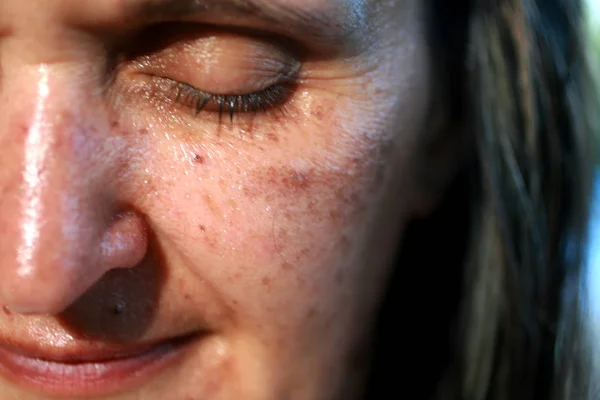
Sun spots are also called “liver spots” and “age spots”. Estheticians and Aestheticians refer to them as solar lentigines. They are common on the face, décolleté area, arms and hands.
Solar lentigines manifest more with repeated sun exposure and advancing age. They are similar to freckles, however, freckles usually fade during colder months.
Treatment for solar lentigines could include cryotherapy, laser therapy, pulsed light, and chemical peels. Dermatologists may decide to use more than one type of the following because the pigment is in the deeper layers of the skin, hyperpigmentation similar to the condition Melasma.
- Medicines that contain lightening ingredients or use of retinoids such as tretinoin. In concerns to lightening ingredients :
Deoxyarbutin or D-Arbutin Arbutin is a melanin suppressant- it stops and slows production of this skin pigment. Meaning that melanin is produced when an enzyme called tyrosinase makes the amino acid tyrosine, and then the tyrosine gets passed off to cells called melanocytes that convert the tyrosine into melanin. Because of this, Arbutin may be referred to as a “tyrosinase inhibitor.” The use of deoxyarbutin as such could be considered safe in cosmetic products in a concentration up to 3% in face creams and is considered more effective than kojic acid and hydroquinone. (1)
Arbutin, also referred to as Beta-Arbutin. This form is less stable and weaker in strength compared to it’s alpha form. This form is a glycosylated hydroquinone. (2)
Alpha Arbutin is one of the two forms of arbutin derived from dried leaves of plants like blueberry and cranberry and is more resistant to heat, show more light stability and high water solubility properties (2)
Hydroquinone can be prescribed by a dermatologist or physician but this ingredient has been been banned by the FDA this year to be sold in over the counter forms because it did not meet it’s requirements. Currently, Tri-Luma is the only FDA-approved drug containing hydroquinone. Tri-Luma is a prescription product approved for the short-term treatment of dark spots associated with moderate-to-severe melasma of the face. (3)
- Chemical Peels are very helpful in this and are not the old school 1 layer formulations. The chemical peels I used on my clients are usually blended to maximize results. Look for formulations in your peels and products that have:
Kojic Acid is made from several different types of fungi and inhibits and prevents the formation of tyrosine. You will usually find this in skincare product formulations in 2% and 4%. Keep in mind that Kojic acid is not cytotoxic (that is not harmful to living cells) and therefore cannot permanently lighten your skin tone. This is a product you must continuously use to reap it’s benefits.
Azelaic Acid is in a class of medications called dicarboxylic acids. It has been used to treat Rosacea by decreasing the swelling and redness of the skin. This acid has also been used in acne formulations at 15% to 20% since it has been found to kill P. Acnes bacteria in the skin. More importantly for this article, it is also a tyrosinase inhibitor and just like kojic acid, you must continue use to reap benefits.
Phytic Acid is an acid that is not well spoken of in the skincare community. The chemical composition is an gentle AHA, or Alpha Hydroxy Acid and it is derived from grains, legumes and rice. This acid offers mild exfoliation properties as well as anti-oxidant benefits. It’s because of this that I wish more skincare manufactures used this in formulations. Use in your skincare routine often and consistently to reap benefits.
Ascorbic Acid is actually Vitamin C, and you can see visible results when used consistently from 3 weeks to 8 weeks. Vitamin C is a potent antioxidant that interferes with the production of pigment in the skin. Products with Vitamin C should not be used at the same time any any retinols or retinol derivatives. Please use Vitamin C products in the morning and retinols in the evening for optimal results.
There are many, many formulations of Vitamin C now. Some are more stable and more effective than the original L-ascorbic acid. For more information on Vitamin C formulations explained, click here
- Skin Resurfacing such as laser or IPL (Intense Pulse Light Therapy, also known as a photofacial) can be incredibly effective however, if you don’t protect your skin from the sun, the spots will almost always return, or new ones will form.
For IPL, you will generally need 3-5 treatments to treat sun spots. For Laser, which is more targeted and comprised of a single wavelength, you will need 3-4 treatments. These estimates of course vary by skin type.
- Cryotherapy (Freezing) also destroys melanocytes, converting your pigment cells into heat. This kills off the cells and makes the sun spots disappear, so it is very similar to IPL and Laser.
Hyperpigmentation

Hyperpigmentation is an umbrella term referring to a number of medical conditions that cause patches of skin to become darker in color than the normal surrounding skin.
The skin condition Melasma is technically considered hyperpigmentation, however Melasma is mainly due to hormonal changes.
Freckles
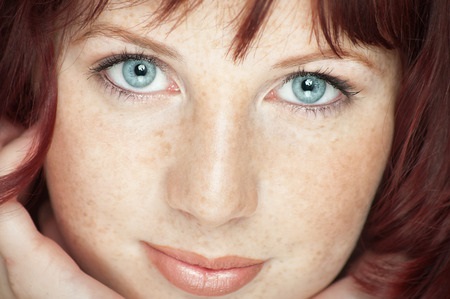
False freckles has been a makeup trend before, and it’s still strong in 2022. For those who have them and are not as accepting, there are
Sun Burn
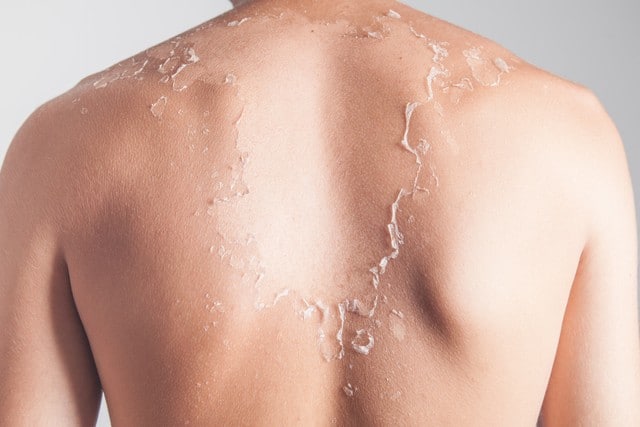
I prefer to follow the American Academy of Dermatology Association on this. Sun Burns can be incredibly painful and it may take 12 to 24 hours after sun exposure to know the full extent and severity of sunburn.
- Drink plenty of water to rehydrate sunburns draw fluid to the skin’s surface and away from the rest of the body.
- Take frequent cool baths or showers to help relieve the pain, this should also help with inflammation in the skin.
- Use a moisturizer that contains aloe vera to help soothe sunburned skin. I offer a combination from Hale & Hush using Hush Hydrate & Relief Bio Power. This combination uses Neem, Aloe, Basil, Turmeric, and Eggplant extracts- I want that anti-inflammatory and soothing effect mixed in the the the powder which contains Willow Bark Extract (which contains Salicin, which is an inflammatory/analgesic compound chemically similar to acetylsalicylic acid (aspirin), Glycyrrhetinic Acid (a tyrosinase inhibitor to prevent post inflammatory hyperpigmentation) and Boswellia Serrata Extract (pain relieving / has analgesic effects). Do not treat sunburn with “-caine” products such as benzocaine, as those type of anesthetics may irritate the skin or cause an allergic reaction.
- Consider taking aspirin or ibuprofen, they are particularly helpful because they help reduce redness, inflammation, and general discomfort in the affected area
- If your skin blisters, allow the blisters to heal. No touchy! If you have blisters, this means that you have second degree burns. This is a response your skin has in order to protect you from infection and help heal. Just keep the skin clean and moisturized the best you can and do not try to drain them yourself.
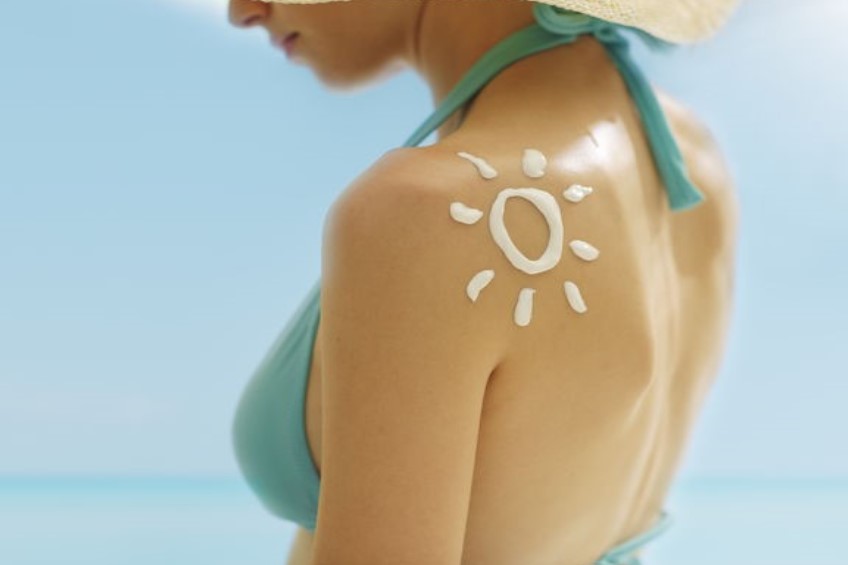
Know when to see a professional….
It’s best to have any new skin changes evaluated by a doctor, especially if a spot:
- Is black
- Is increasing in size
- Has an irregular border
- Has an unusual combination of colors
- Is bleeding
Cheers to your skin health,
Sarah
This blog article is dedicated to all of my Oncology Clients. You will always have my fierce support and loyalty.
References:
- http://www.nardev.com/UploadSection/ProdCat-486-1449732269.pdf
- https://www.differencebetween.com/what-is-the-difference-between-arbutin-and-alpha-arbutin/
- https://www.fda.gov/drugs/drug-safety-and-availability/fda-works-protect-consumers-potentially-harmful-otc-skin-lightening-products

